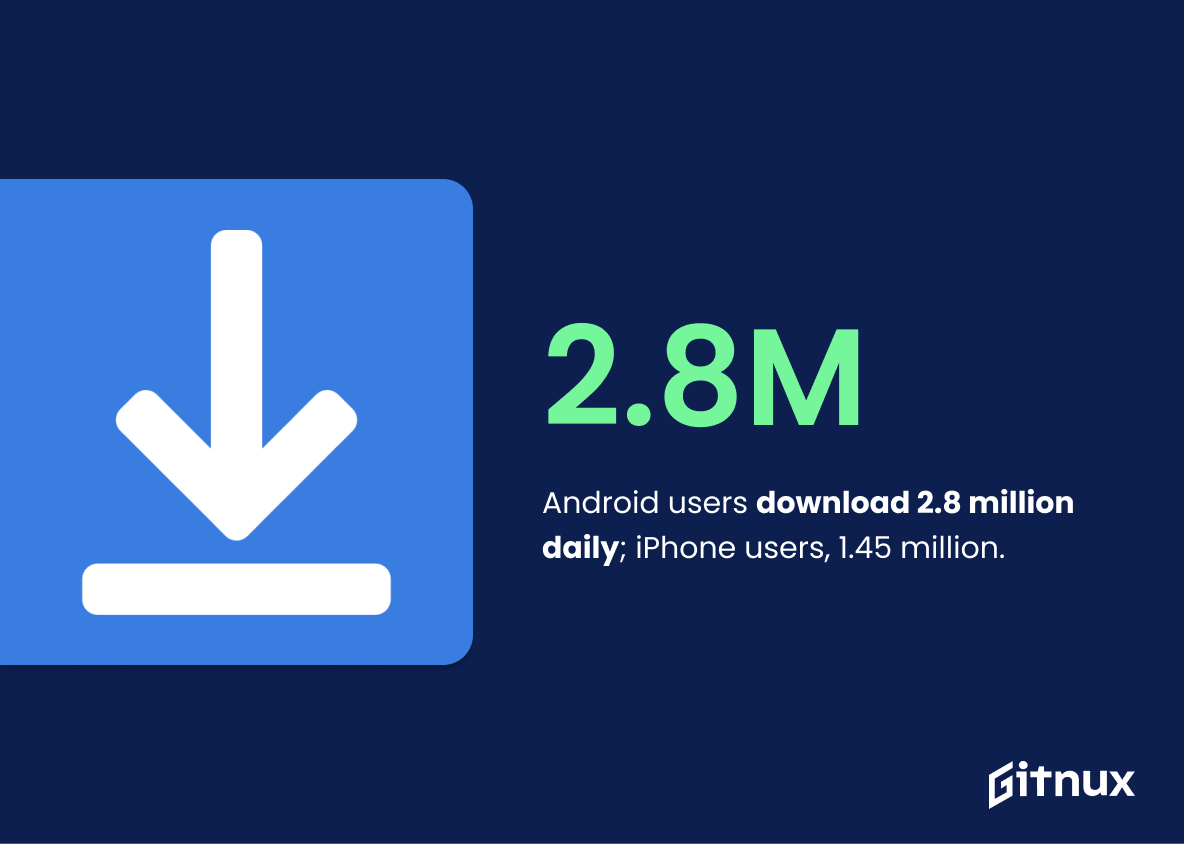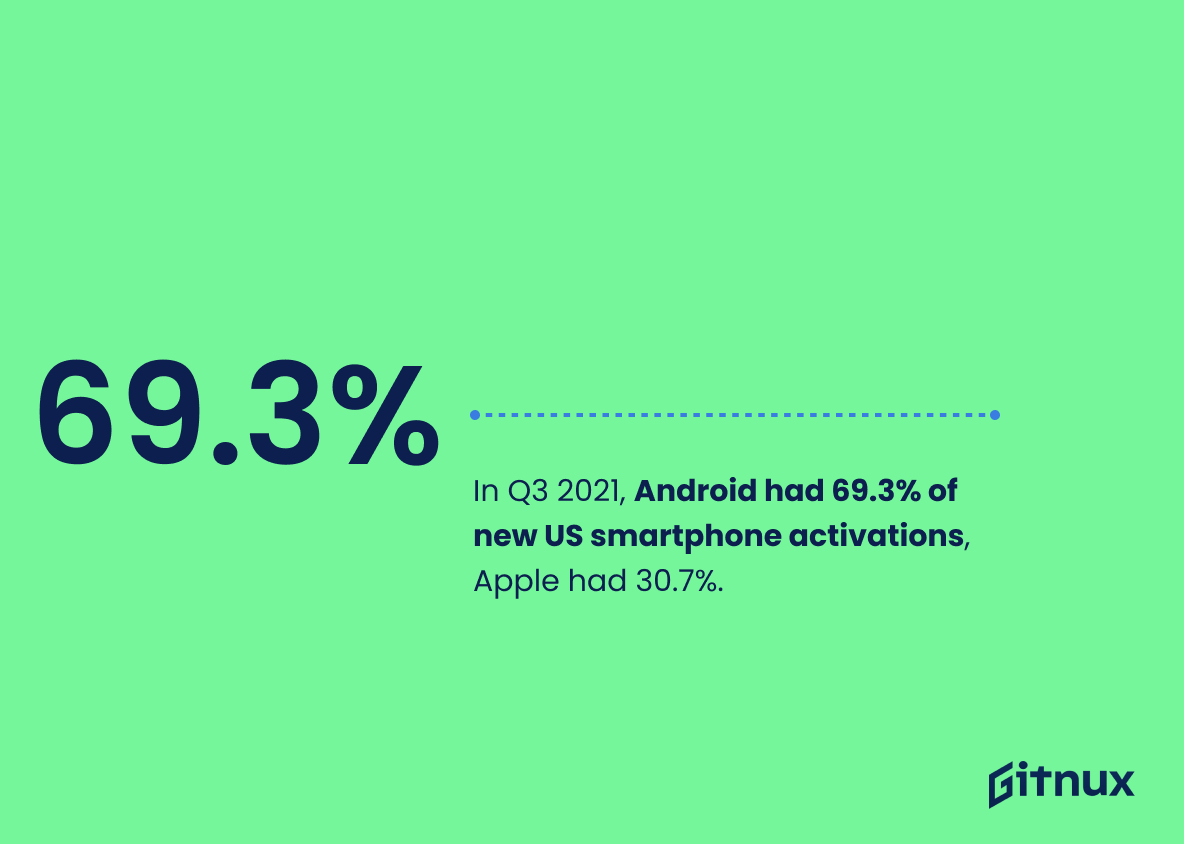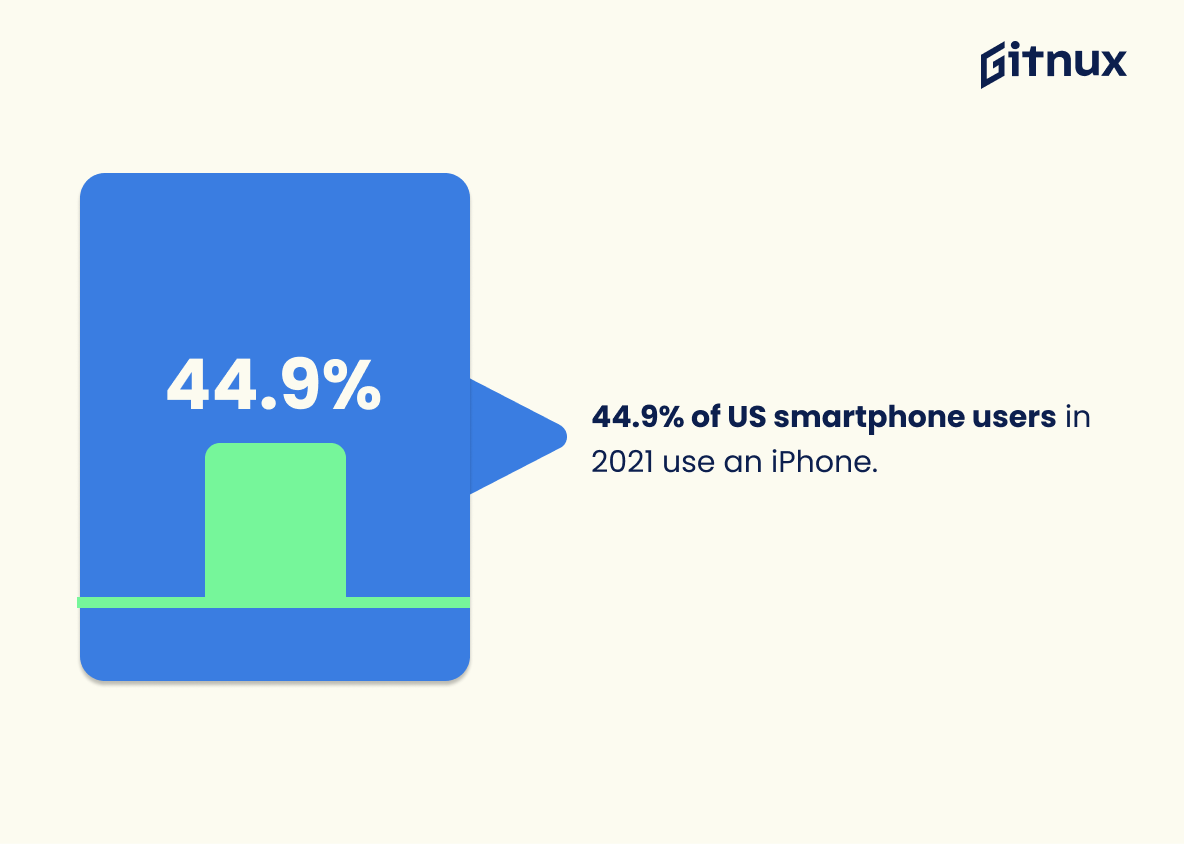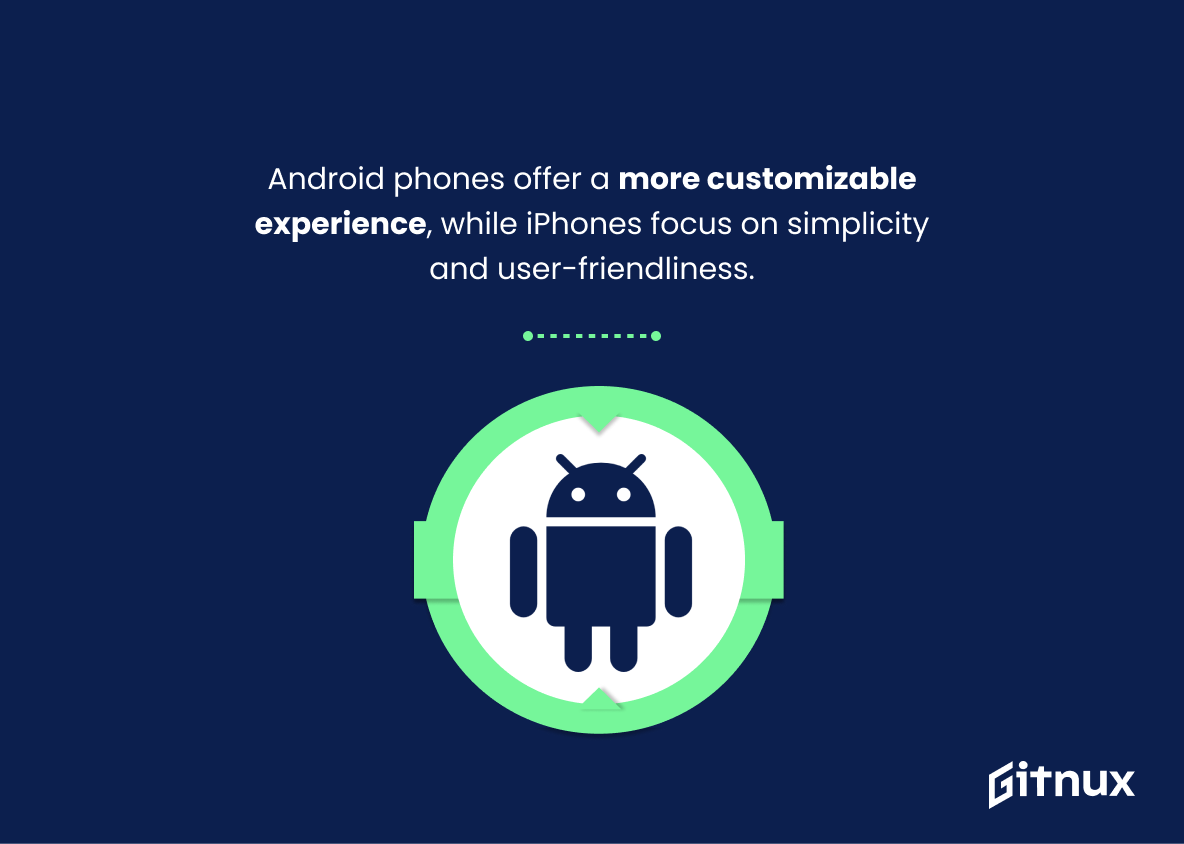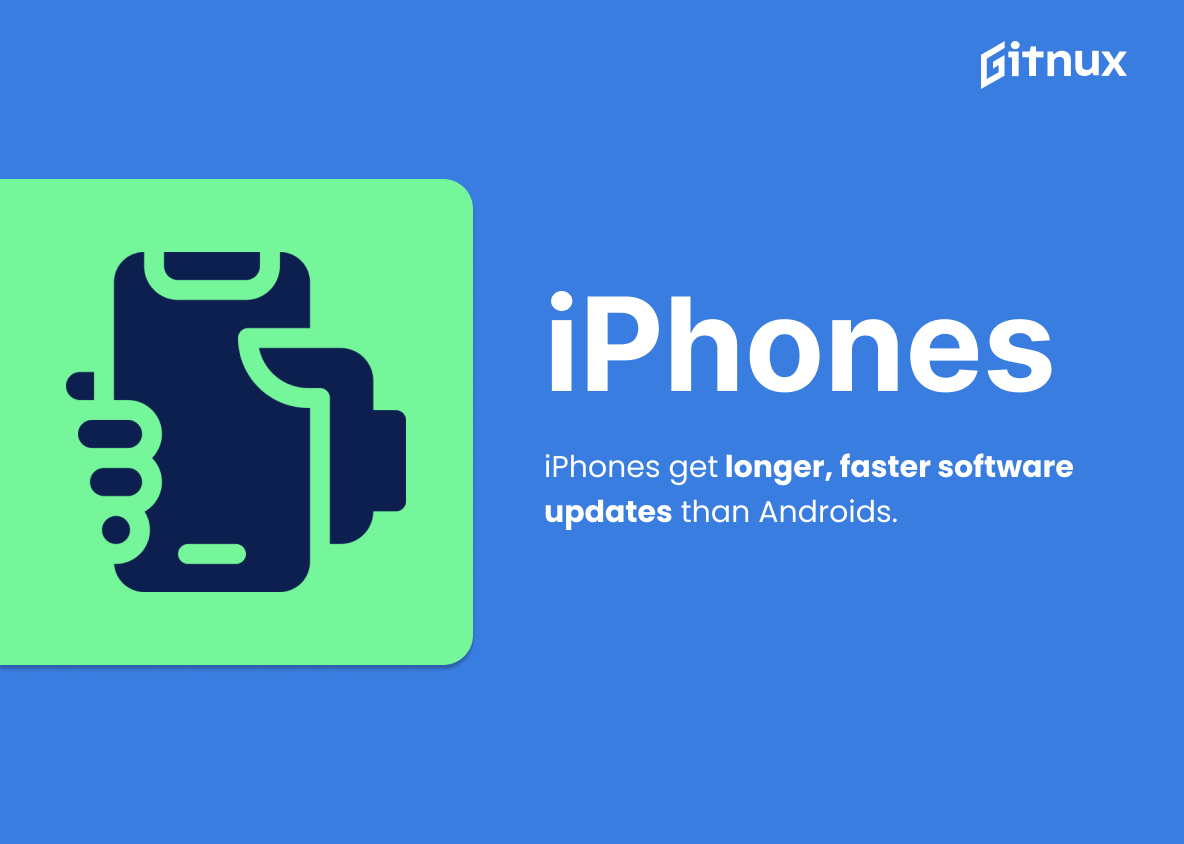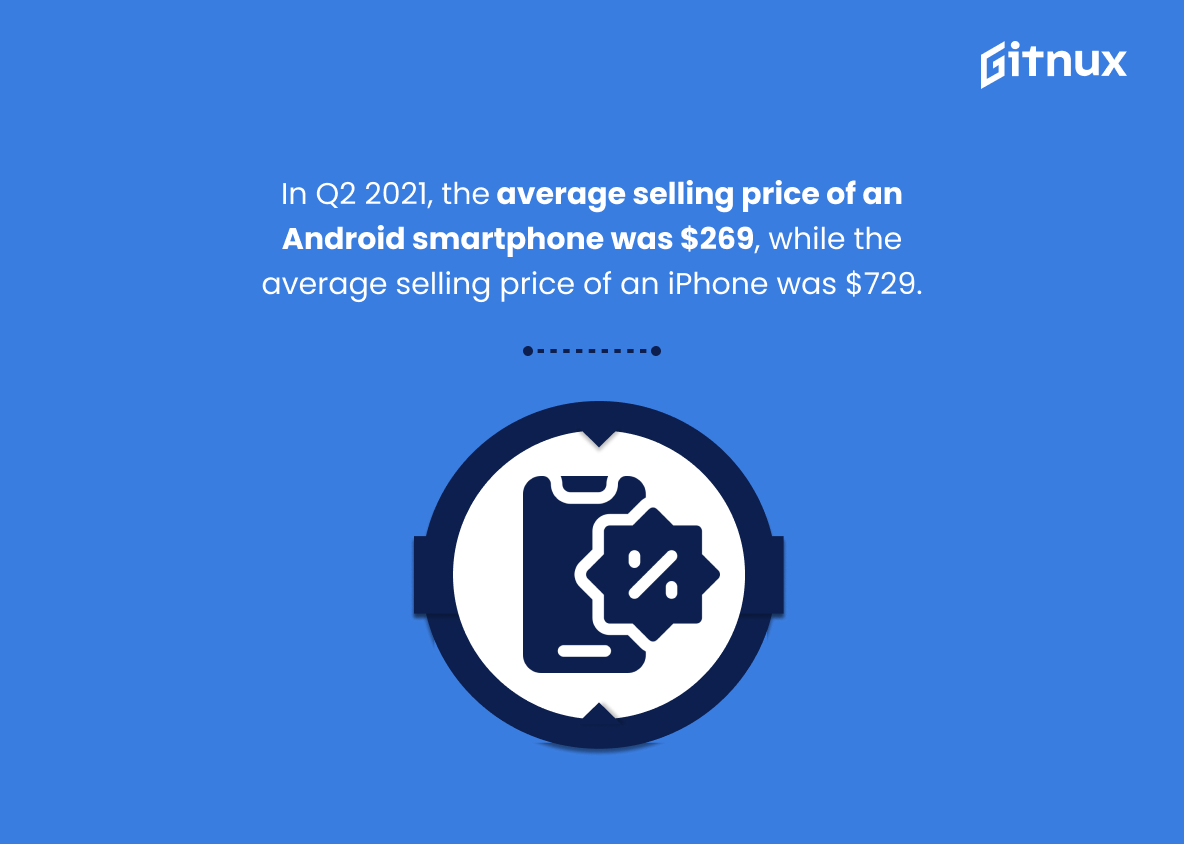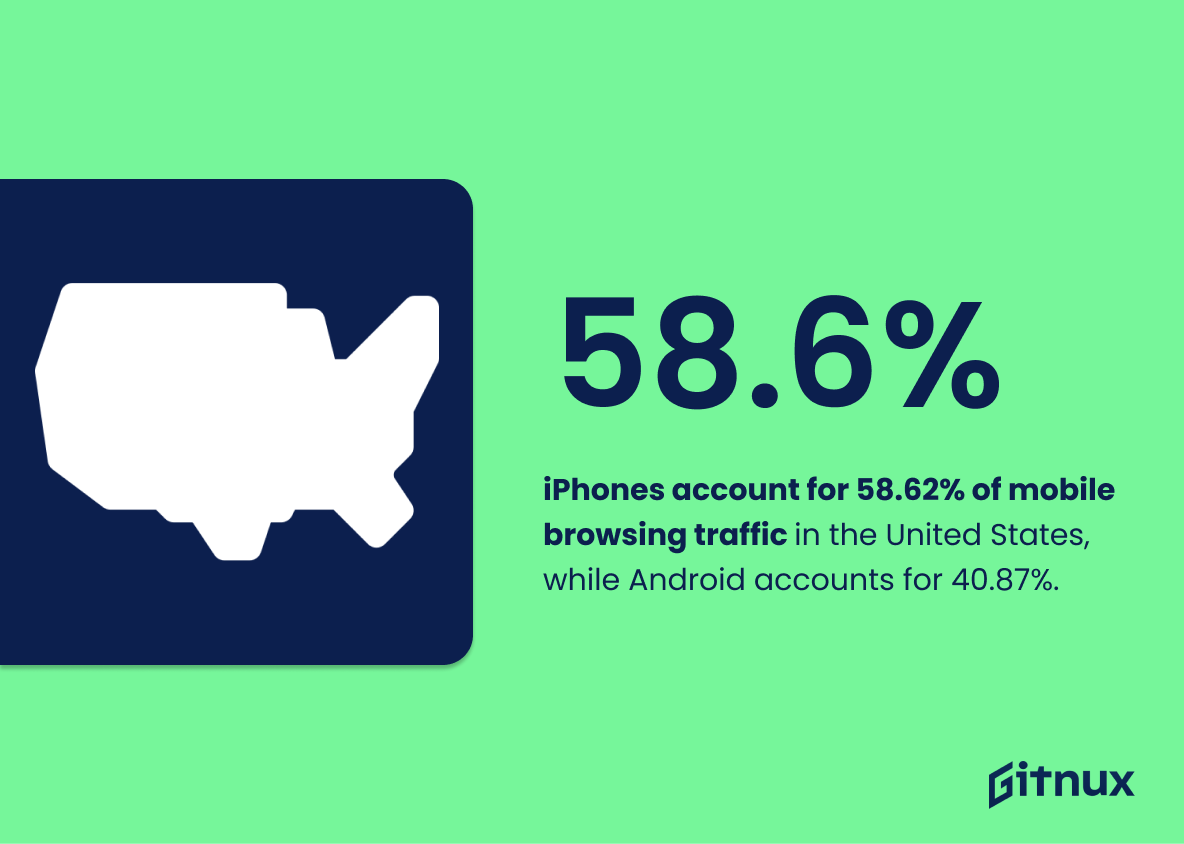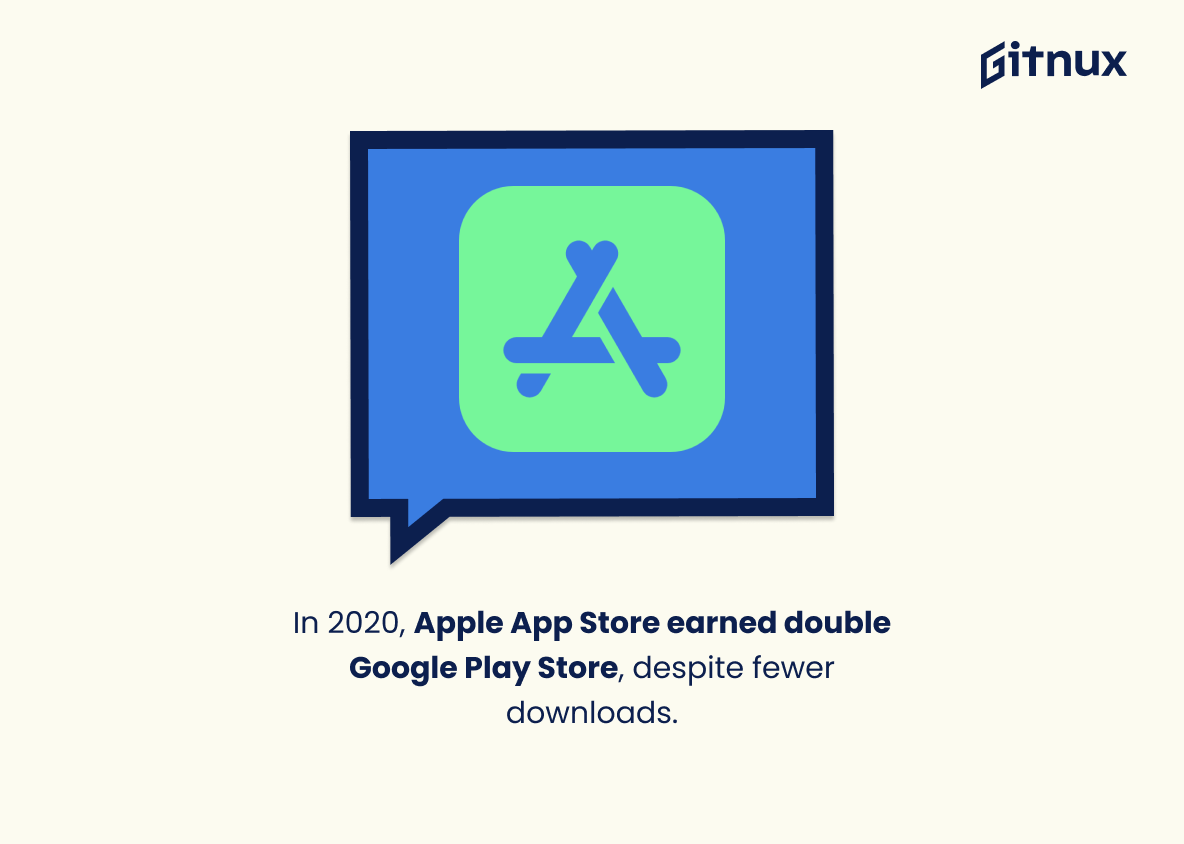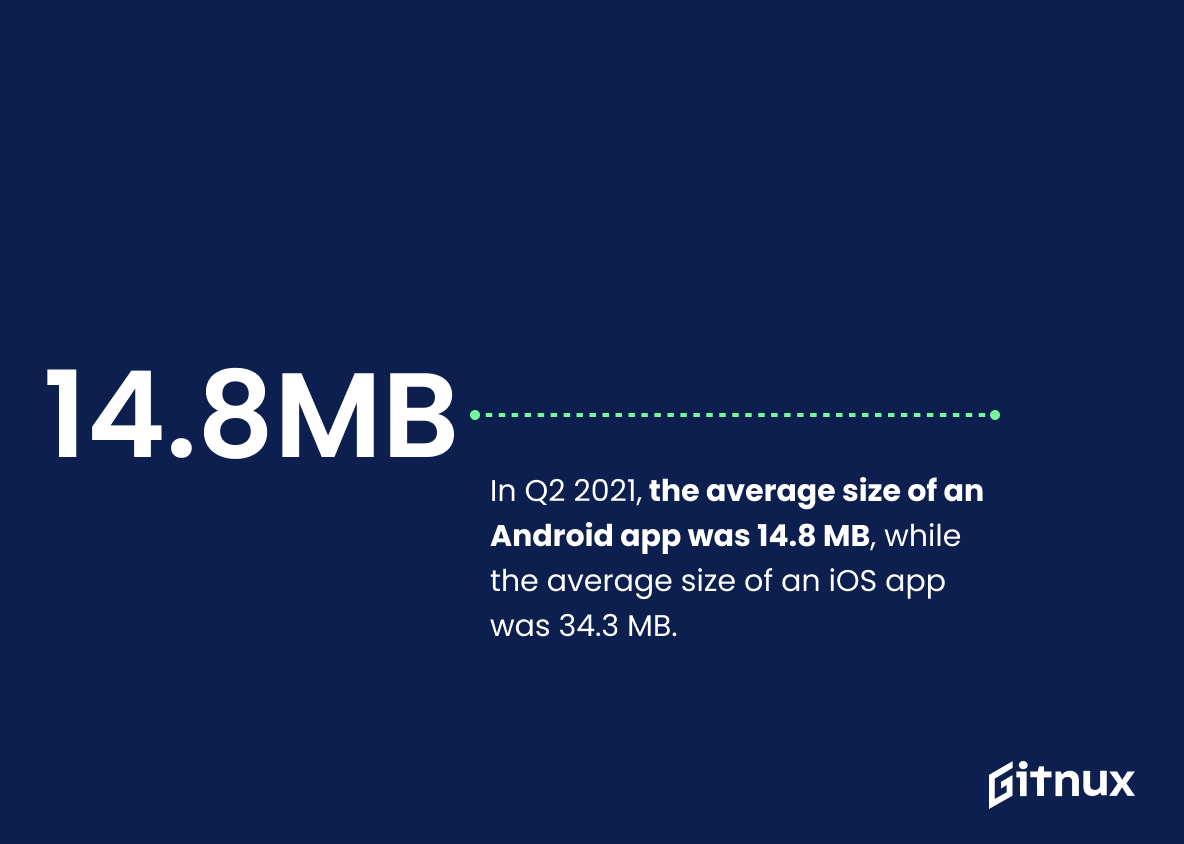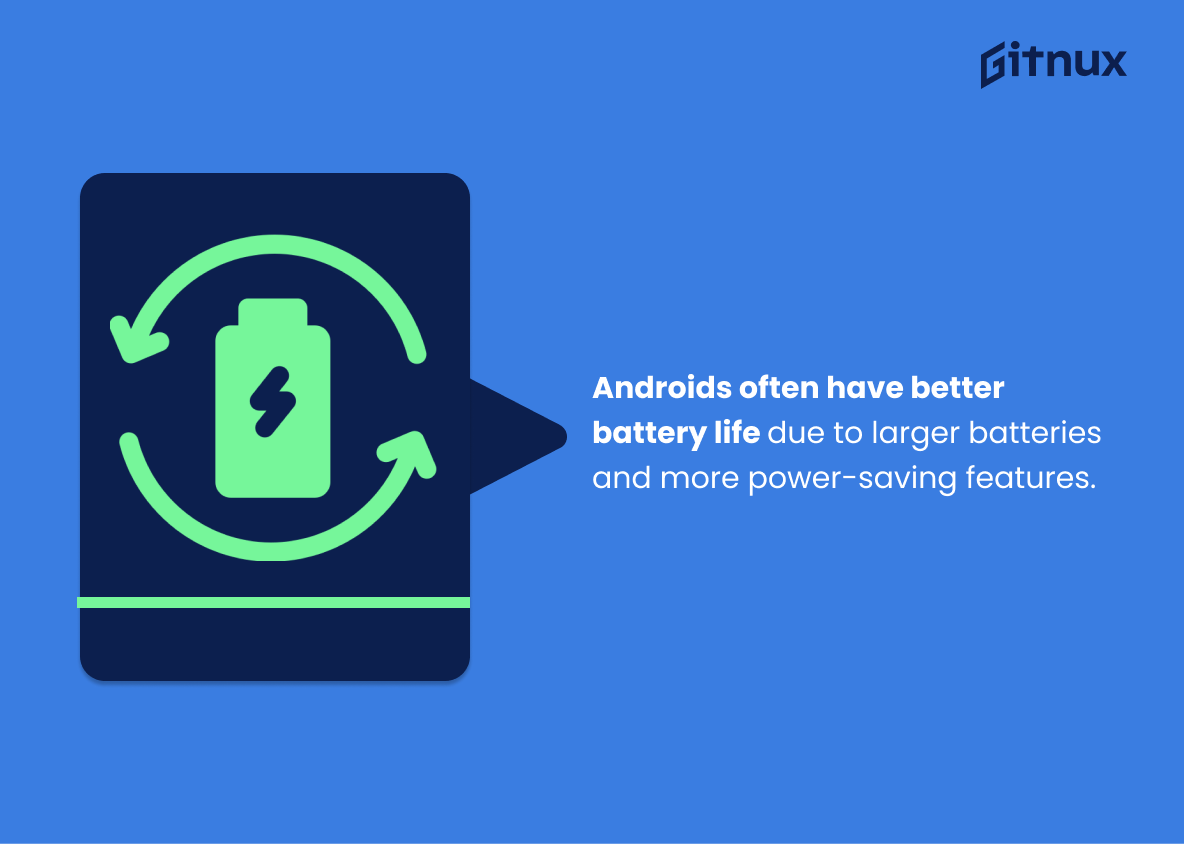The smartphone market is a highly competitive space, with Android and iOS devices vying for the top spot. In 2021, Android held 87% of the global smartphone market share while iOS (iPhone) accounted for 12.4%. This article will explore various statistics related to both platforms in order to gain an understanding of how they compare against each other. We’ll look at app downloads, user loyalty, ad clicks, new activations in the US market as well as resale value and software updates among others. By comparing these metrics side-by-side we can get a better idea of which platform offers more advantages over its competitor when it comes to mobile usage today.
This statistic is a testament to the overwhelming success of Android in the global smartphone market. It highlights the fact that Android has become the go-to choice for many consumers, and it is a clear indication of the platform’s dominance in the industry. This statistic is essential for any blog post about Android Vs Iphone Statistics, as it provides a comprehensive overview of the current state of the market.
iOS (iPhone) held 12.4% of the global smartphone market share in 2021.
This statistic is a crucial indicator of the success of the iOS platform in the global smartphone market. It demonstrates the popularity of the iPhone and its ability to compete with Android devices. This statistic is important to consider when discussing Android vs iPhone statistics, as it provides a snapshot of the current market share of each platform.
Android Vs Iphone Statistics Overview
Android users download over 2.8 million apps daily, while iPhone users download around 1.45 million apps daily.
This statistic is a testament to the sheer popularity of Android devices, as they are downloaded more than double the amount of apps than iPhones. This speaks to the fact that Android devices are more widely used and preferred by consumers, making it an important statistic to consider when discussing Android vs iPhone statistics.
Approximately 70% of apps on the Google Play Store are free, while 70% of apps on the Apple App Store are free.
This statistic is significant in the context of Android vs iPhone statistics as it highlights the difference in the cost of apps between the two platforms. It demonstrates that Android users have access to a larger selection of free apps than iPhone users, which could be a deciding factor for those looking to save money on their mobile device. Furthermore, it could be an indication of the overall cost of ownership for each platform, as Android users may be able to save more money on apps than iPhone users.
In Q3 2021, Android devices made up 69.3% of new smartphone activations in the United States, while Apple devices accounted for 30.7%.
This statistic is a telling indication of the current state of the smartphone market in the United States. It shows that Android devices are dominating the market, with a significant majority of new activations. This is an important piece of information for anyone interested in the Android vs iPhone debate, as it provides a clear snapshot of the current landscape.
44.9% of US smartphone users in 2021 use an iPhone.
This statistic is a telling indication of the current state of the smartphone market in the US. It highlights the fact that iPhones are the most popular choice among US smartphone users, and serves as a benchmark for the success of Android devices in comparison. This statistic is essential for any blog post about Android Vs Iphone Statistics, as it provides a clear picture of the current market share of each platform.
Android phones offer a more customizable experience, while iPhones focus on simplicity and user-friendliness.
This statistic is a key factor in understanding the differences between Android and iPhone devices. It highlights the fact that Android phones provide users with more options to customize their experience, while iPhones prioritize ease of use and user-friendliness. This is an important point to consider when comparing the two platforms, as it can help users decide which device best suits their needs.
iPhones generally receive software updates more quickly and for a longer period of time than Android phones.
This statistic is a testament to the fact that iPhones are designed to provide users with a longer-term, more reliable experience. By receiving software updates more quickly and for a longer period of time, iPhones are able to stay up-to-date with the latest features and security patches, ensuring that users can enjoy a secure and enjoyable experience for a longer period of time. This is an important factor to consider when comparing Android and iPhone devices, as it speaks to the overall quality of the device and its ability to remain relevant over time.
iPhones have a higher resale value than Android phones worldwide.
This statistic is significant in the context of a blog post about Android Vs iPhone Statistics because it speaks to the long-term value of iPhones. It suggests that iPhones are not only more expensive to purchase initially, but they also retain their value better over time, making them a more cost-effective option in the long run. This could be an important factor for consumers to consider when deciding between the two platforms.
In Q2 2021, the top-selling Android smartphone worldwide was the Xiaomi Redmi 9A, while the top-selling iPhone was the iPhone 12.
This statistic is a telling indication of the current state of the smartphone market. It shows that Android phones are still the most popular choice among consumers, with the Xiaomi Redmi 9A leading the way. On the other hand, the iPhone 12 is the top-selling iPhone, indicating that Apple’s devices still have a strong presence in the market. This data is essential for any blog post about Android vs iPhone statistics, as it provides a snapshot of the current market trends.
The median iOS app user earns $85,000 per year, while the median Android app user earns $61,000 per year.
This statistic is a telling indication of the differences between Android and iOS users. It suggests that iOS users tend to have higher incomes than Android users, which could be a factor in the decisions they make when it comes to purchasing apps. This could be an important factor to consider when creating a blog post about Android vs iPhone statistics, as it could help to explain why certain apps are more popular on one platform than the other.
In Q2 2021, the average selling price of an Android smartphone was $269, while the average selling price of an iPhone was $729.
This statistic is a telling indication of the stark difference in pricing between Android and iPhone devices. It highlights the fact that Android phones are significantly more affordable than iPhones, making them a more attractive option for those on a budget. This could be a major factor in why Android phones have become so popular, and why they continue to dominate the market.
iPhones account for 58.62% of mobile browsing traffic in the United States, while Android accounts for 40.87%.
This statistic is a powerful indicator of the current state of mobile browsing in the United States. It shows that iPhones are the dominant force in the mobile browsing market, with a significant lead over Android devices. This information is essential for anyone writing a blog post about Android vs iPhone statistics, as it provides a clear picture of the current landscape and can be used to inform further analysis.
In 2020, the Apple App Store generated nearly twice as much revenue as the Google Play Store, despite having fewer app downloads.
This statistic is a testament to the power of the Apple App Store, demonstrating that it can generate more revenue than the Google Play Store despite having fewer app downloads. This speaks to the quality of the apps available on the Apple App Store, as well as the loyalty of Apple users, who are willing to pay more for the apps they use. This is an important statistic to consider when discussing Android vs iPhone statistics, as it highlights the strength of the Apple App Store and the loyalty of its users.
In Q2 2021, the average size of an Android app was 14.8 MB, while the average size of an iOS app was 34.3 MB.
This statistic is a telling indication of the differences between Android and iOS apps. It highlights the fact that Android apps are typically much smaller than their iOS counterparts, which can be beneficial for users who are limited by storage space or data usage. This can be especially important for users in developing countries, where data plans are often more expensive and storage space is at a premium. This statistic is an important factor to consider when discussing the differences between Android and iOS devices.
Android smartphones tend to offer better battery life compared to iPhones, as Android devices tend to have larger batteries and more power-saving features.
This statistic is an important factor to consider when comparing Android and iPhone devices, as it can be a deciding factor for many users. Battery life is a key feature for many people, and Android devices offer a longer-lasting battery life than iPhones, making them a more attractive option for those who need their device to last throughout the day. Additionally, the larger batteries and power-saving features of Android devices make them more efficient and reliable, giving users peace of mind that their device won’t run out of juice when they need it most. This statistic is an important point to consider when discussing the differences between Android and iPhone devices.
iPhones accounted for 9 of the top 10 best-selling smartphones globally in Q3 2021, while Samsung’s Galaxy A52s 5G was the only Android device in the top 10.
This statistic is a powerful indicator of the current state of the smartphone market, demonstrating that iPhones are dominating the top 10 best-selling smartphones globally in Q3 2021. It also highlights the fact that the Samsung Galaxy A52s 5G is the only Android device in the top 10, indicating that Android devices are not as popular as iPhones. This information is essential for any blog post about Android Vs Iphone Statistics, as it provides a clear picture of the current market share of each platform.
Conclusion
After analyzing the statistics of Android and iPhone, it is clear that both platforms have their own advantages. Android holds a larger market share than iOS (87% vs 12.4%), with more app downloads from Google Play Store compared to Apple App Store (116 billion vs 34.5 billion). Additionally, Android users are more loyal to the platform and click on mobile ads at higher rates than iPhone users. However, iPhones generally receive software updates faster and for longer periods of time as well as having a higher resale value worldwide when compared to Androids. Furthermore, US smartphone users in 2021 were found to be 44.9% using an iPhone while 69.3% of new activations in Q3 2021 were made up by Android devices; however 9 out 10 best-selling smartphones globally during this period belonged to Apple’s lineup showing its popularity among consumers despite lower market share numbers overall.. Ultimately, whether you choose an Android or an iPhone depends on your personal preferences since each device offers different features such as customizability versus simplicity/user-friendliness respectively which can make one better suited for certain individuals over another depending on what they prioritize most when selecting a phone
References
0. – https://www.emarketer.com
1. – https://www.counterpointresearch.com
2. – https://www.gs.statcounter.com
3. – https://www.sensortower.com
4. – https://www.phonedog.com
5. – https://www.digitaltrends.com
6. – https://www.42matters.com
7. – https://www.tomsguide.com
8. – https://www.idc.com
9. – https://www.comscore.com
10. – https://www.statista.com
11. – https://www.bankmycell.com
ZipDo, cited June 2023: Android Vs Iphone Statistics
